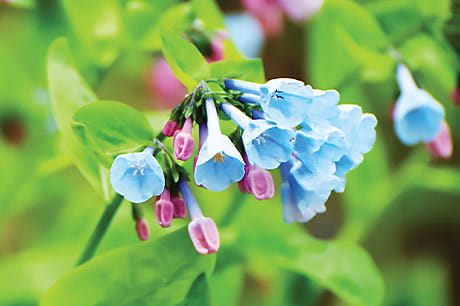The perks of Pennsylvania perennials
Gardening is a great way to get out in the fresh air and get a little exercise while you’re at it. It’s good for you and it’s good for the environment. But why choose plants that are native to Pennsylvania?
For one thing, they’re easier to care for because they really like our climate. They also require little or no fertilizer or pesticides to thrive. But best of all, they help preserve our state’s biodiversity.
Our wilderness is shrinking and being replaced by lawns and gardens filled with plants from other regions. This means our native insects have less to feed on — which may not seem like a bad thing. Remember, though, that insects are major pollinators and food sources for native birds and other wildlife.
A few native PA plants to consider:
| Name |
Height |
Blooms |
Notes |
|
Columbine (Aquilegia canadensis) |
1–2’ |
April–June |
Partial shade to sun |
|
Butterfly weed (Asclepias tuberosa) |
1–2’ |
June–July |
Full sun; attracts butterflies |
|
Wild bleeding heart (Dicentra eximia) |
1–2’ |
April–September |
Partial shade |
|
Joe-pye weed (Eupatorium fistulosum) |
2–7’ |
July–September |
Partial shade; attracts butterflies |
|
Dwarf crested iris (Iris cristata) |
4–12” |
April–May |
Partial shade to sun |
|
Virginia bluebells (Mertensia virginica) |
1–2’ |
April–June |
Shade to partial sun |
|
Beebalm (Monarda didyma) |
2–3’ |
July–August |
Sun to partial shade |
|
Summer phlox (Phlox paniculata) |
3–4’ |
June–August |
Sun to partial sun |
|
Black-eye Susan (Rudbeckia fulgida) |
1–3’ |
July–October |
Full sun |
|
Showy goldenrod (Solidago speciosa) |
1–5’ |
August–September |
Sun to partial sun |
Source: Penn State Extension

